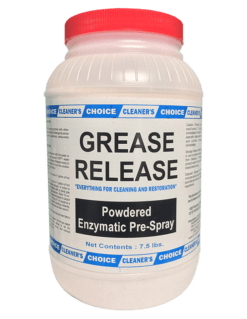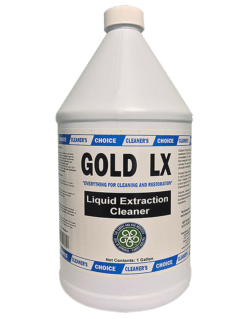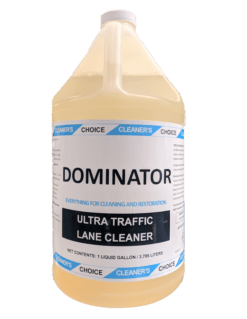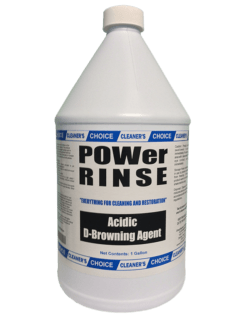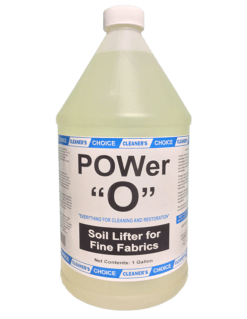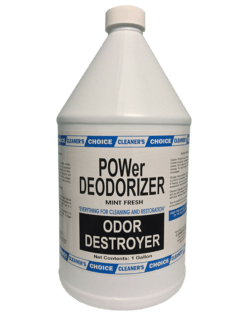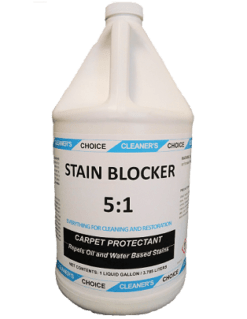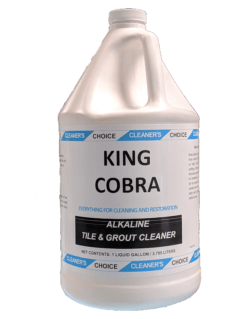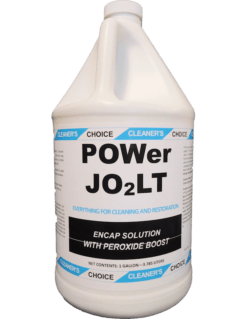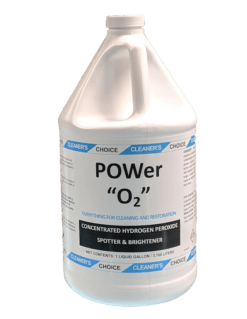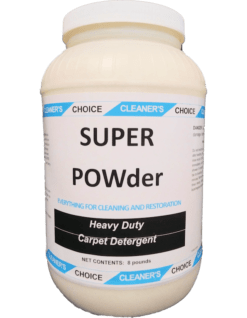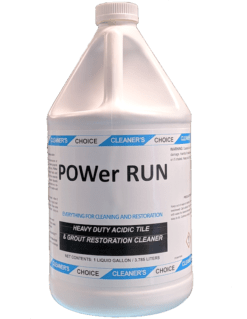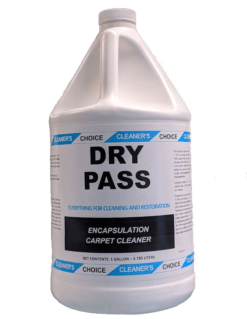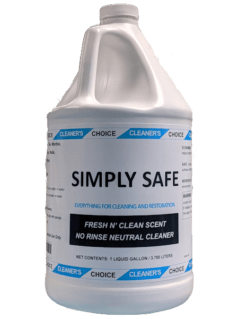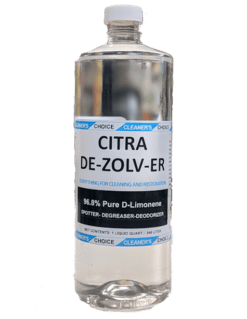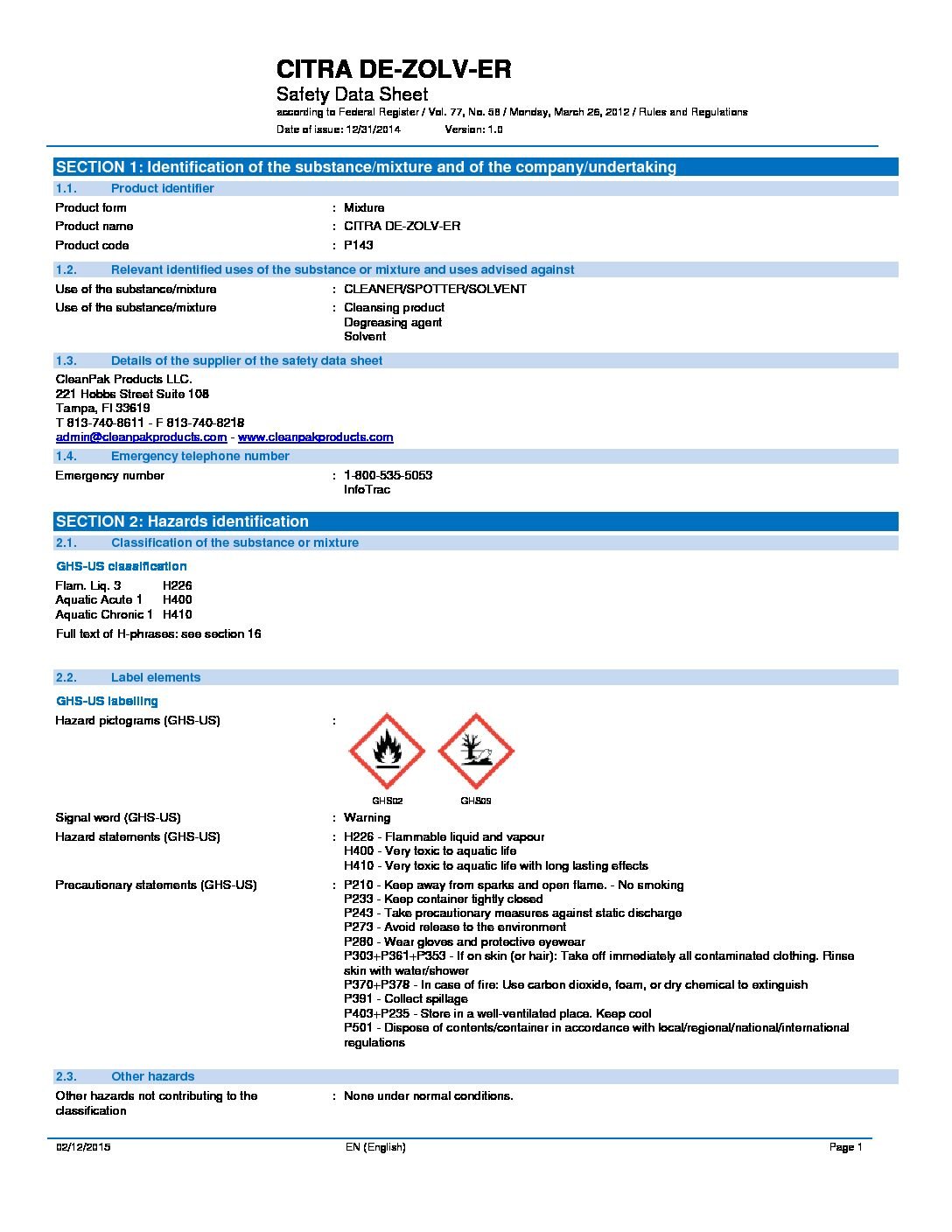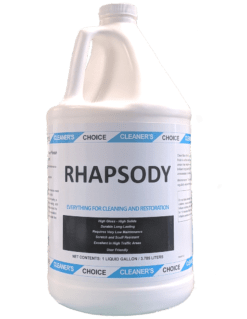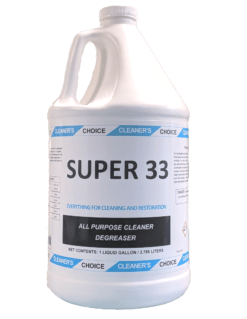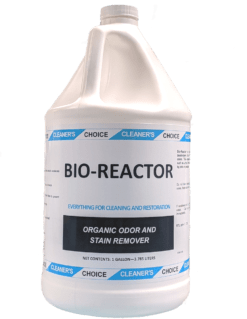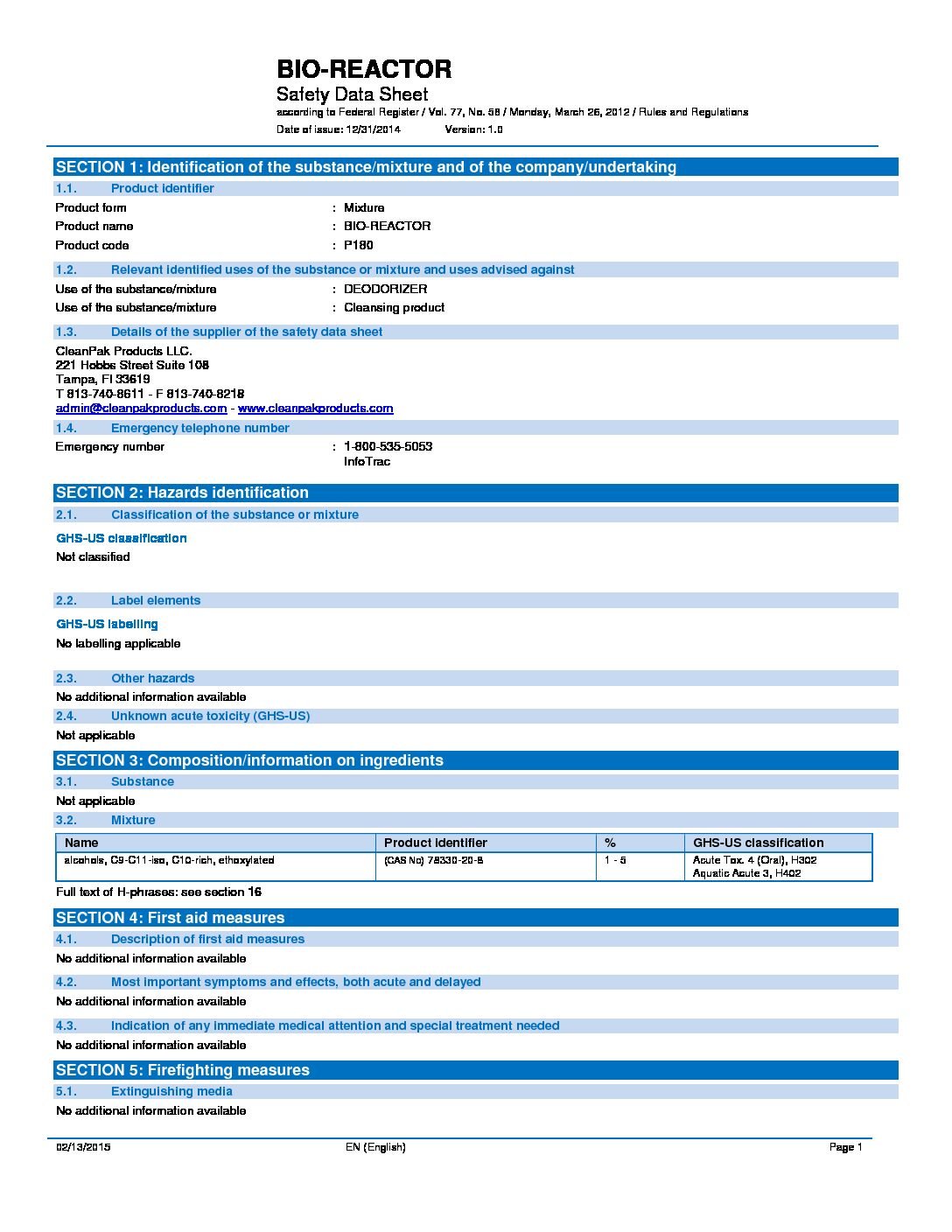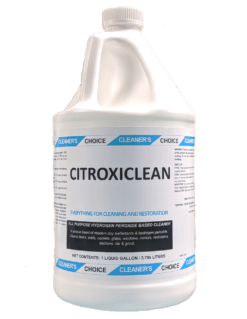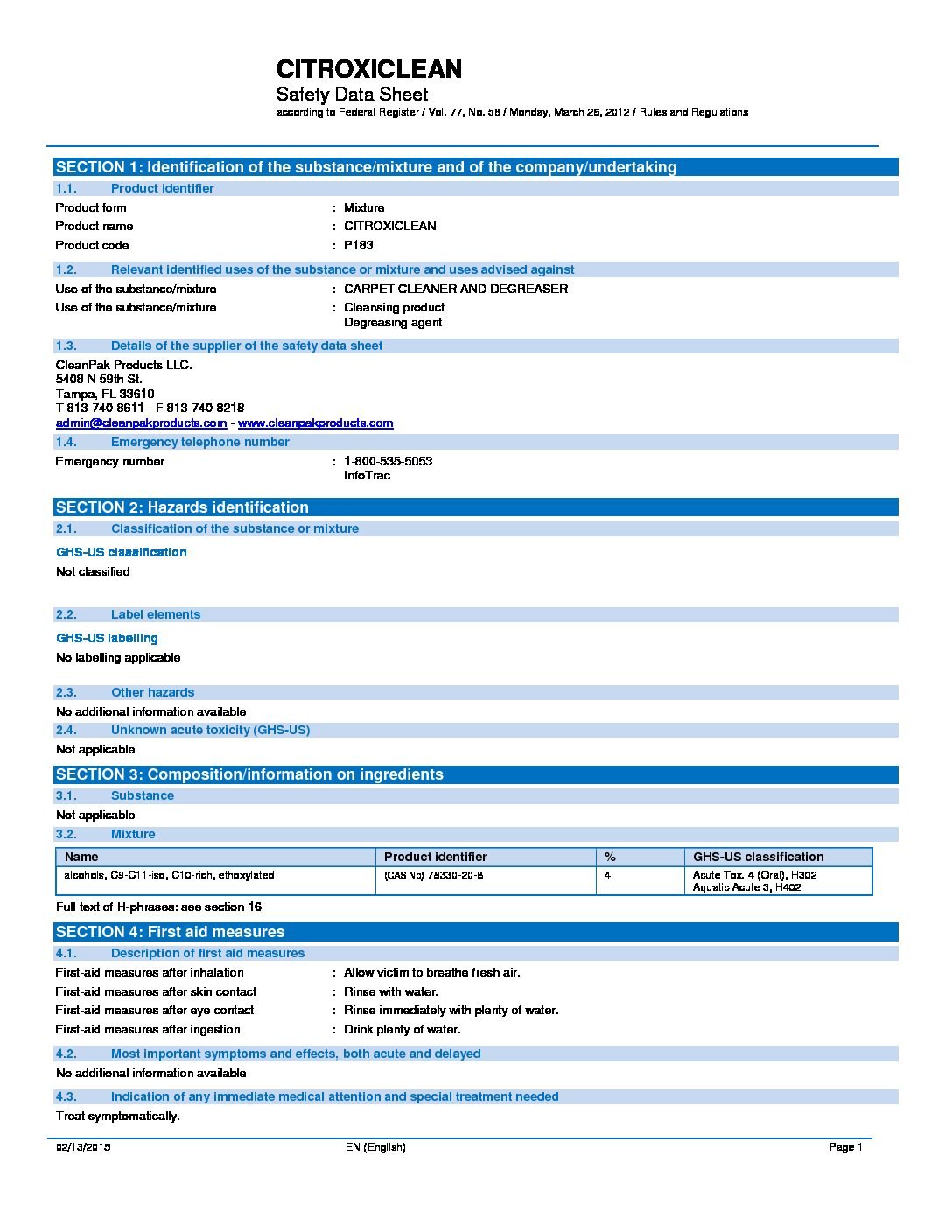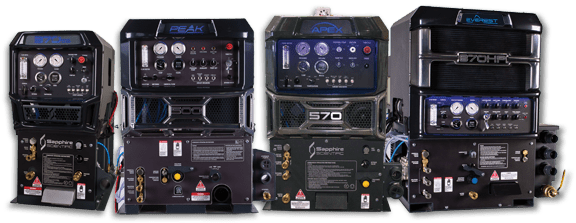
Truckmount Trouble Shooting
Truckmount Trouble Shooting Guide : Follow these steps before calling. Most options should fix any problems that you may have with your truck mount. If you are still having problems please contact your local distributor or service at Legend Brands directly before contacting Cleaner’s Depot.
- LOSS OF SOLUTION PUMP PRESSURE. (WITH THE CLEANING TOOL OPEN, THE SOLUTION PRESSURE GAUGE READS BELOW THE NORMAL OPERATING PRESSURE.)
Water supply is turned off. Turn the water supply on or up. Check for kinks in the water supply hose.
Water pump inlet supply line is plugged or drawing air. Examine all lines and filters along the water supply path and through the console. Remove accumulated debris and replace if required. Check for leaks and loose clamps or fittings. Tighten any loose fittings or clamps. Replace any ruptured hose(s).
Improper engine speed. Using a tachometer, check the engine speed. Full throttle engine speed is 3000 RPM. Idle engine speed is 1500 RPM.
Improper engine speed (diesel). Using a tachometer, check the engine speed. Full throttle engine speed is 2650 RPM. Idle engine speed is 1300 RPM. Refer to the “Engine Speed” section for instructions on how to re-adjust.
Pressure regulator O-rings are dry and/or worn. See instructions on regulator. Check O-rings. Lubricate and/or replace as needed, using O-ring lubricant.
Pressure regulator is dirty, stuck open, or improperly adjusted. Clean or repair regulator. Adjust to working pressure. Lubricate O-rings, using O-ring lubricant.
Low pump volume. (Measure the amount of water being returned to the water box from the pressure regulator. It should fill a gallon container about every 17 seconds). Examine the check valves, plunger cups, and cylinder head on the solution pump. Repair, whenever required (refer to the solution pump service manual).
Defective solution pressure gauge. Replace gauge.
Orifice (spray nozzle) in the cleaning tool is worn, defective, or wrong size. Replace nozzle or change nozzle size.
Water supply is turned off or the float valve is stuck or improperly adjusted.
Debris clogging water lines or water inlet disconnect. Clean or replace as needed.
Belts loose or broken. Re-tension or replace as needed.
Loss of pump prime. Manually prime solution pump.
Temperature balance orifice missing. Replace orifice.
- LOSS OF SOLUTION VOLUME AT CLEANING TOOL ORIFICE. (SOLUTION GAUGE READS NORMAL.)
Plugged orifice and/or screen in the cleaning tool. Unplug or replace orifice and/or screen.
Outlet check valve is plugged. Examine the check valve, remove any debris
Internal block between the pressure regulator manifold and the solution manifold, or the solution screen is clogged. Inspect all lines, remove accumulated debris which is blocking proper flow. Replace any defective hoses. Remove, inspect, and clean the solution screen. De-scale unit and install a water softener, if necessary.
Defective quick-connect on one or more of the solution pressure hoses. Replace defective quick- connect(s) on solution pressure hose(s).
Cleaning tool valve is malfunctioning. Repair or replace valve.
Hose inner lining is constricted. Remove restriction or replace hose.
Air leak in chemical supply line, priming valve or metering valve. Check for air leaks. Replace faulty parts.
- LOSS OF VACUUM. (WHILE CLEANING, THE VACUUM IS NOT UP TO SPECIFICATION. ENGINE RPM IS NORMAL.)
Vacuum gauge is giving an improper reading. Examine the tubing between the vacuum relief valve and the vacuum gauge and remove any blockage.
Vacuum hose(s) is damaged, causing a suction leak. Inspect hose(s), repair or replace.
Waste tank gaskets not sealing properly, not positioned properly. Inspect the gaskets. Repair or replace as necessary. Re-position lid, inlet and outlet
Plugged vacuum hose or vacuum plumbing between vacuum inlet and strainer basket. Unplug vacuum hose or inlet plumbing.
Waste tank filter or strainer basket is plugged. Clean or replace filter. Clean strainer basket.
Loose vacuum pump drive belts. Tighten the drive belts
Waste tank drain valve is damaged or left open, causing a vacuum leak. Close drain valve, if open. Remove the drain valve and, after inspecting, replace the defective components.
Vacuum relief valve requires adjustment or has a vacuum leak due to damaged diaphragm. Re-adjust the vacuum relief valve. If the vacuum does not increase, remove and inspect the relief valve diaphragm. If damaged, replace.
Vacuum exhaust heat exchangers are plugged with lint. Remove and clean.
Vacuum pump is worn out. Replace the vacuum pump.
- EXCESSIVE VACUUM.
Improper throttle adjustment. Adjust throttle to set desired vacuum pressure.
Vacuum relief valve requires adjustment. Re-adjust the vacuum relief valve.
- LOSS OF CHEMICAL. (WITH THE CLEANING TOOL VALVE OPEN, NO CHEMICAL.)
Chemical pump is improperly primed. Refer to chemical pump priming instructions.
The strainer at the inlet end of the chemical inlet tube is clogged Unclog the strainer. If damaged, replace.
Suction leak in the inlet tube leading into the chemical pump. Inspect inlet tube and flow meter for damage and replace, if required.
Chemical pump check valve(s) is clogged. Remove any debris from the chemical check valve(s). Replace chemical check valve(s) or seals, if necessary.
Chemical prime/on-off valve or chemical metering valve is defective. Replace valve(s).
Chemical pump diaphragm is ruptured. Disassemble the chemical pump and replace the damaged diaphragm and plastic disk.
Defective cylinder in the solution pump. Measure the pump volume. If the pump volume is less than normal, refer to “Loss of Pump Volume” in the Troubleshooting section in this manual.
- CHEMICAL FLOW METER INDICATES FLOW WITH THE TOOL VALVE CLOSED.
External leak in chemical piping. Tighten fittings. Re-apply thread sealant where required. If any fittings are damaged, replace.
Outlet check valve is full of debris or damaged, not allowing it to close properly Close the chemical valve on the chemical panel. If the flow meter does not indicate flow, remove debris or replace check valve, if necessary.
Chemical pump diaphragm is ruptured. Close the chemical valve on the chemical panel. If the flow meter still indicates flow, replace the chemical pump diaphragm and plastic disk.
Internal leak in chemical valve causing continual flow through prime tube returning to waste tank. Tighten valve packing nut (see “General Service Adjustments” section in this manual). Replace valve, if necessary.
- SOLUTION PUMP DOES NOT ENGAGE.
Solution pump circuit breaker has been tripped. Check the solution pump circuit breaker on the control panel. Press the circuit breaker reset button.
Defective electrical connection in the console wiring or defective switch. Examine switch, electrical connections, and wiring. Repair any defective connections. If there is power going to the switch but not going out, replace the defective switch.
Solution pump has not been activated. Turn solution pump switch to on.
Defective solution pump clutch. If there is power in the switch, but not power at the clutch, replace the defective wire. If there is power at the clutch, replace the defective switch. NOTE: The clutch may be manually engaged by inserting two ¼-20 x ½ bolts. Line up the holes on the clutch and insert the bolts. To disengage the pump, remove the bolts.
Loose or broken solution pump belts. Tighten or replace belts.
- ENGINE WILL NOT START. (THE ENGINE DOES NOT TURN OVER.)
Main circuit breaker on the control panel has been tripped. After inspecting the unit to determine the cause of the tripped circuit breaker, press the reset button.
Loose or corroded battery. Clean, tighten, or replace the battery terminals.
Dead battery. Recharge or replace battery.
Defective ignition switch. Test ignition switch for power going into the switch. If there is power going in but NO power going out, replace the switch.
Defective starter motor. Test the starter motor. If necessary replace.
Vacuum pump seized. Refer to Repair Manual or dealer.
- STARTER TURNS OVER ENGINE, BUT WILL NOT START.
Engine is malfunctioning. Refer to the engine Operation and Maintenance Manual.
- ENGINE STOPS RUNNING. (WHILE DOING NORMAL CLEANING, THE ENGINE STOPS RUNNING.)
Engine is out of fuel. Add fuel to the fuel tank.
Waste tank is full. Empty waste tank.
Main or engine circuit breaker on the control panel has been tripped. After inspecting the unit to determine the cause of the tripped circuit breaker, press the reset button.
Defective fuel pump. Replace fuel pump.
Defective float switch inside the waste tank. Check switch for proper operation. Replace as necessary.
Oil pressure switch on engine has shut down due to insufficient oil pressure. Refer to the engine Operation and Maintenance Manual. DO NOT restart the engine until the cause is determined and corrected.
No ignition in the engine or engine is malfunctioning. Refer to the engine Operation and Maintenance Manual.
- EXCESSIVE HEATING.
Flow restriction caused by hard water scaling. Descale unit, repair or replace damaged plumbing components as necessary. Install water softener.
Not enough water flow. Check jet size of tool.
Orifice clogged. Clean orifice.
- HEAT EXCHANGER LEAKS. (NOTE: THE EXHAUST HEAT EXCHANGER
WILL PRODUCE WATER CONDENSATION DISCHARGE AT TIMES DURING NORMAL OPERATION. DO NOT CONFUSE THIS WITH A LEAK.)
Engine/vacuum exhaust heat exchangers are damaged from frozen water. Inspect heat exchanger for leaks. Visually inspect for damage. Pressure check after removing the unit (maximum test pressure 1500 PSI).
- LOSS OF TEMPERATURE. (THE HEAT OUTPUT OF THE UNIT IS LESS THAN NORMAL.)
No vacuum hose is connected. Connect vacuum hose to vacuum inlet port.
Temperature relief valve on water box is stuck open. Clean temperature relief valve and test. Replace if necessary.
Engine RPM is low. Reset engine RPM.
Defective temperature gauge. Test gauge and sensor. Replace failed component.
Temperature balance orifice missing. Replace orifice.
- AUTOMATIC WASTE PUMP IS MALFUNCTIONING OR NOT OPERATING NORMALLY. (NOTE: WHEN REPLACING EITHER THE PUMP OR FLOAT SWITCH ON INTERNAL IN-TANK PUMPOUT, USE NEW ELECTRICAL CONNECTORS AND HEAT SHRINK. INSPECT CONNECTION FOR WATERTIGHT SEAL.)
Defective waste pump float switch. Replace float switch.
Broken diaphragm. Replace diaphragm.
Weak battery. Charge or replace battery if needed. Check charging station.
Pump-out circuit breaker on control panel has been tripped. After inspecting waste pump to determine the cause of the tripped circuit breaker, press the reset button.
Inspect check valve for debris or damage. Clean or replace if necessary.
Need Specific Truckmount Trouble Shooting ? Visit : Legend Brands
Do you like making more money? Try Cleaner’s Choice cleaning chemicals! LOWER price = HIGHER profits

